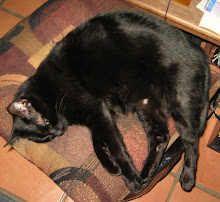Clearing the dishes from the table, Mary stacks them neatly to the left of the sink, large plates on the bottom, bread plates next, saucers on top. Cups stack in pairs to the left, handles turned to the right. She draws a dishpan of hot water, adds a squirt of Ivory liquid to the sink, a second one to the faded dishrag.
Following the decades old instructions of Mrs. Douthit, her seventh grade home economics teacher, she washes glasses first, turning each under the hot rinse water to remove all the suds. Then she stacks them on the side of the drain board, tilted off the edge to break the water seal that would leave streaks on the otherwise crystal clear surfaces.
Next she gently lowers the china into the dishpan, turns on the tap to add enough hot water to submerge the stack, and leaves them to soak while she sponges off the table. Returning to the sink, she gently caresses each dish, scooping the dishwater with the same care she once used to bathe her sons. Placed in the dish rack, they create a temporary sculpture of asymmetrical beauty.
Silverware and pots and pans lack the elegance of the china and crystal. She sometimes thinks to leave them to soak, but never does. When everything is dried and put away, she hangs her yellow apron on the hook by the refrigerator, pulls the Betty Crocker cookbook from the shelf, and begins preparations for the evening meal.


1 comment:
What a heartfelt description of a woman's chore and the loving details she pays attention to. A very quiet, and beautiful moment.
Post a Comment